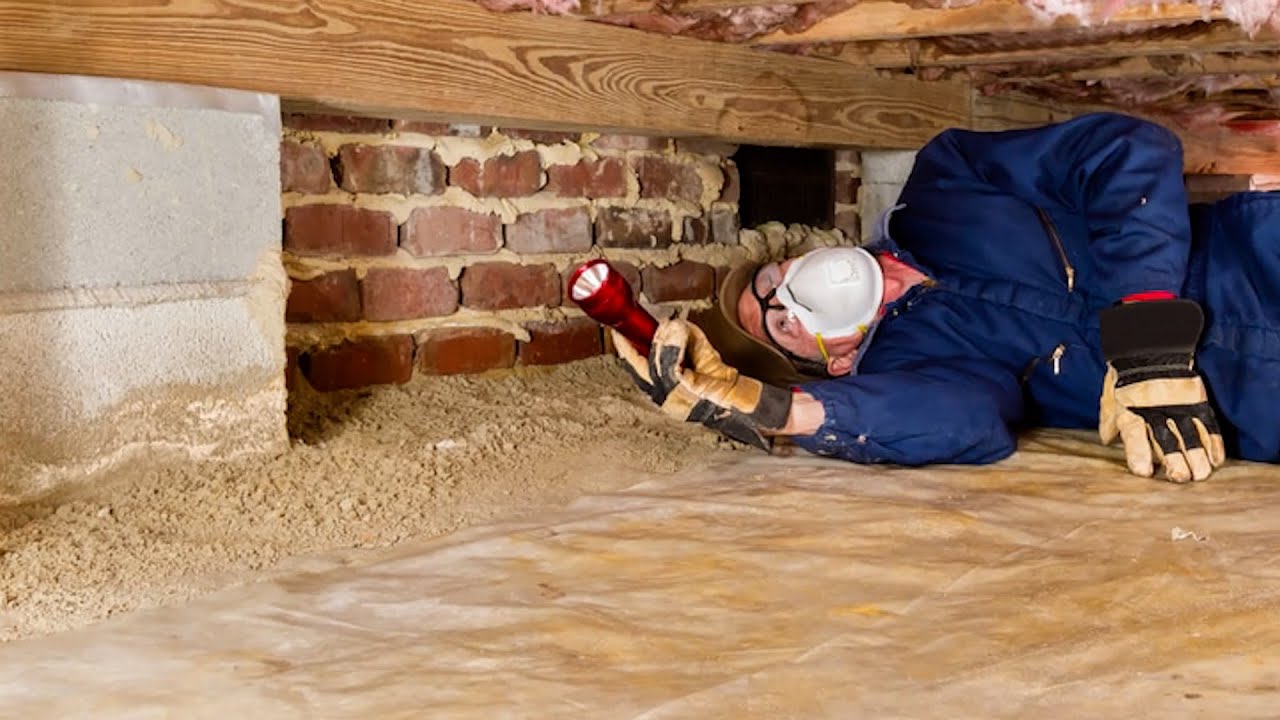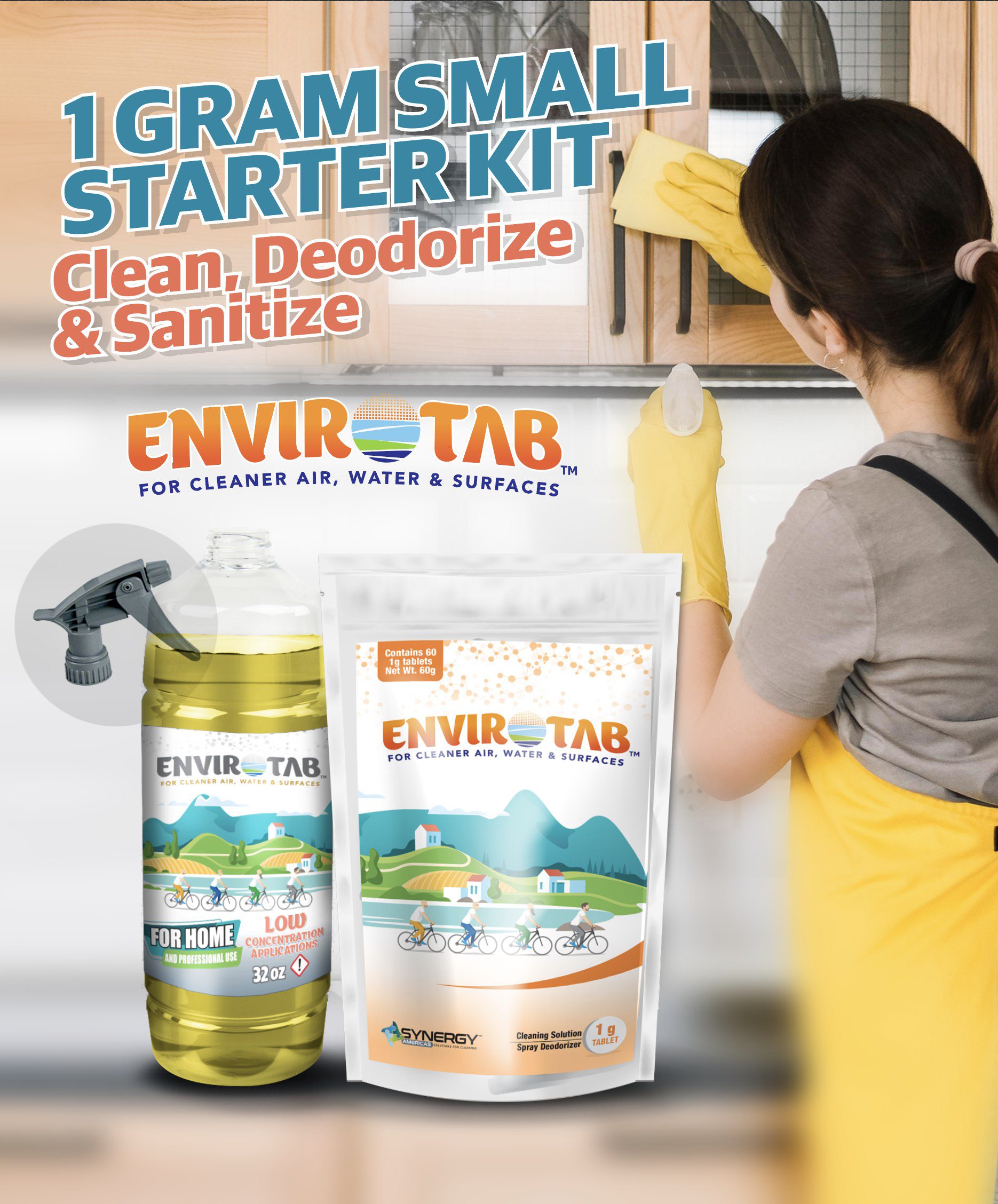Remediation For Removing Mold In Crawl Spaces
It's really important to take care of mold in crawl spaces because it can make you sick and harm your house. Mold likes to grow in dark, wet places like crawl spaces, but we can fix it! The process of fixing mold involves finding it and taking it away, as well as fixing any leaks.
In this guide, we'll learn how to stop mold in crawl spaces step by step. We'll figure out how bad the problem is and then do things like fixing leaks and making sure the air can move around. That way, we can get rid of the mold and make your home safer for you and your family.
Assessment and Safety Precautions
First, we need to check how bad the mold is in the crawl space. We look around carefully to see where the mold is growing and how much there is. Sometimes, it's just a little bit, but other times it can be a lot. Knowing how much mold there is helps us plan how to get rid of it safely.
When we're dealing with mold, it's really important to wear the right clothes. We wear things like gloves, goggles, and masks to stop mold spores from getting on us and making us sick. These special clothes are called personal protective equipment or PPE. Wearing PPE helps us stay safe while we clean up the mold.
Related: Discover Effective Solutions To Kill Mold Odor
Identify The Source Of Moisture
Common Sources Of Moisture In Crawl Spaces
In crawl spaces, water can come from different places. One common source is when water drips from pipes or the roof and goes into the crawl space. Sometimes, rainwater can also soak through the ground and make the crawl space wet. Another way moisture gets in is when the air outside is humid, and that wet air gets into the crawl space.
Sometimes, the ground itself can be wet, especially if there's not enough air moving around. If the ground stays wet for a long time, it can make the crawl space damp too. So, it's important to watch out for these sources of moisture and fix them to stop mold from growing.
Related: Effectively Tackle Mildew on Vinyl Siding: A Comprehensive Guide
Steps To Identify
1. Look for Leaks:
Check for any signs of water leaks from pipes, faucets, or the roof. Look for dripping water or water stains on walls and ceilings.
2. Inspect Gutters and Downspouts:
Make sure your gutters are clean and not clogged with leaves or debris. Check that downspouts are directing water away from your home's foundation.
3. Check for Cracks and Gaps:
Look at the foundation and walls of your crawl space for any cracks or gaps where water could seep in. Seal these with caulk or concrete sealant to prevent water intrusion.
4. Examine Ventilation:
Ensure that your crawl space has proper ventilation to prevent moisture buildup. Look for vents and make sure they're not blocked by debris.
5. Assess Drainage:
See if the ground around your home slopes away from the foundation. It should, so water doesn't gather near the crawl space.
6. Consider Waterproofing:
Depending on how bad the water problem is, you might need to install a sump pump on the walls and floor of the crawl space.
7. Monitor Moisture Levels:
Use a moisture meter to check the humidity levels in your crawl space regularly. If it's always high, you might need to do more to fix the moisture problem.

Mold Treatment
Using Biocides Or Fungicides
When we find mold in our crawl space, we use special chemicals called biocides or fungicides to help get rid of it. These chemicals are made to kill mold and stop it from growing back. But we have to be careful when using them because they can be strong and might harm us if we don't use them safely.
First, we mix the biocide or fungicide with water as the instructions say. Then, we spray it on the spots where we see mold. We use special sprayers to make sure the chemicals cover all the moldy areas. After we spray them, we wait for a bit to let them work. Finally, we clean up the mold and the chemicals to make sure our crawl space is safe again.
Related: Cleaning Mildew from Patio Furniture & Awnings
Improving Ventilation
Having good ventilation in crawl spaces is important. Ventilation means having fresh air moving in and out of the crawl space. It helps to keep the air clean and dry, which makes it harder for mold to grow. Without good ventilation, the air in the crawl space can get stale and damp, which is perfect for mold to grow.
To make ventilation better, we can add vents, fans, and dehumidifiers. Vents are like windows for the crawl space that let fresh air come in and stale air go out. Fans help to move the air around, keeping it fresh and dry. Dehumidifiers take out the extra moisture from the air, making it harder for mold to grow. By adding these things, we can make sure our crawl space stays clean and dry, keeping our homes safe and healthy.
Related: Removing Mildew Stains from Home Surfaces with ClO2
Using ClO2 Tablets for Mold Remediation
Efficacy
ClO2 tablets are like magic helpers for getting rid of mold and germs. They're made of a special chemical called chlorine dioxide, which is good at killing mold and bacteria. When you drop these tablets into water. They release chlorine dioxide gas, which goes into the air and fights off mold and germs.
These ClO2 tablets are some of the best chlorine dioxide tablets out there. People use them to clean up mold in places like crawl spaces because they're easy to use and they work well. They make the air cleaner and safer to breathe by getting rid of mold and bacteria.
Related: Why Include ClO2 in your Regular Cleaning Routine?
Application of ClO2 Tablets
Using ClO2 tablets for mold cleanup in crawl spaces is easy and works well. First, you mix the tablets with water following the instructions. Then, you pour the solution into a sprayer or fogging machine.
Next, you spread the ClO2 solution everywhere in the crawl space, making sure to cover all the moldy spots. Leave it there for a while as directed on the package. This lets the ClO2 gas get rid of the mold.
After some time, let fresh air into the crawl space to get rid of any leftover ClO2 gas. Make sure it's safe before going back inside.
If needed, do the process again until the mold is gone. Using ClO2 tablets helps keep your crawl space clean and makes the air safer to breathe.








